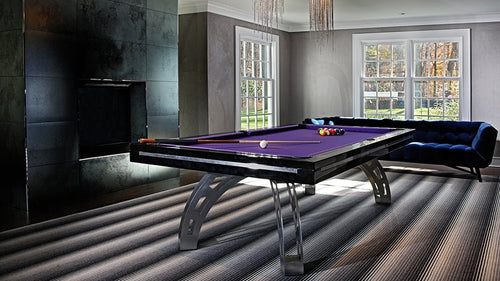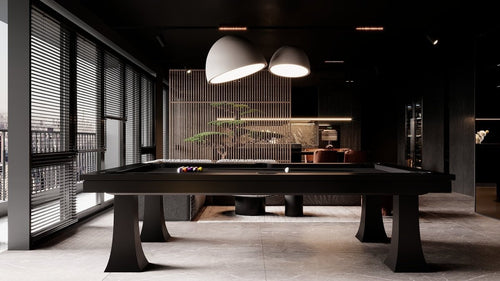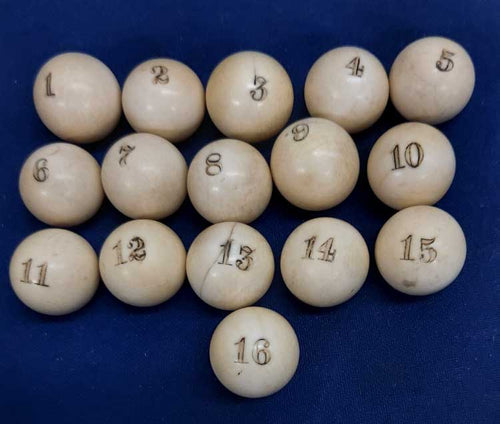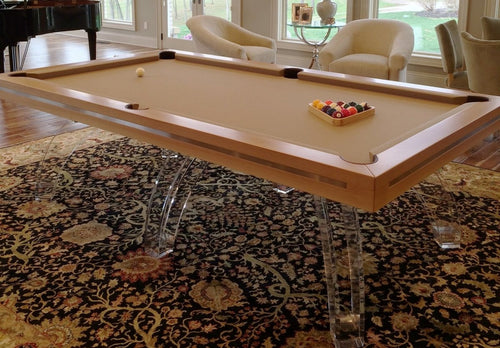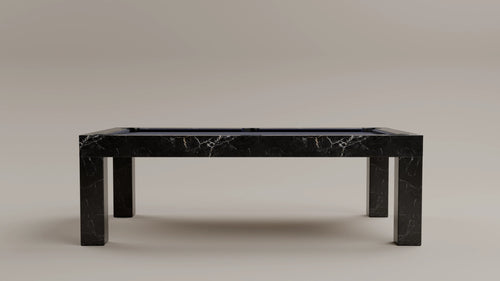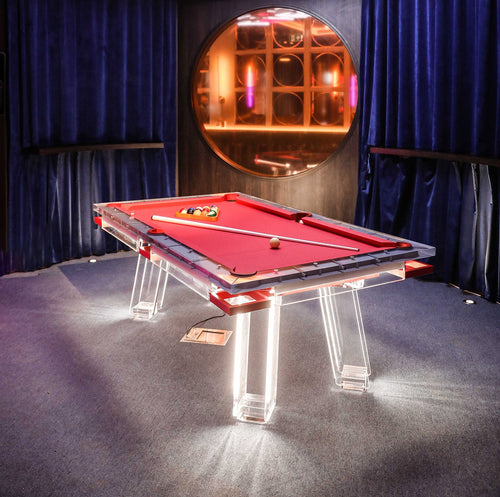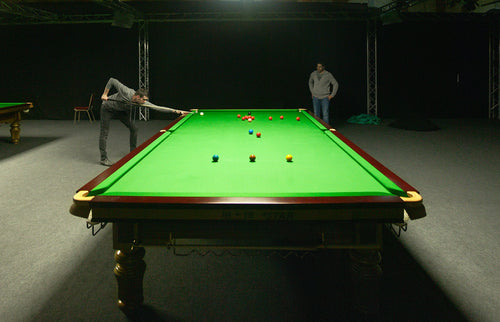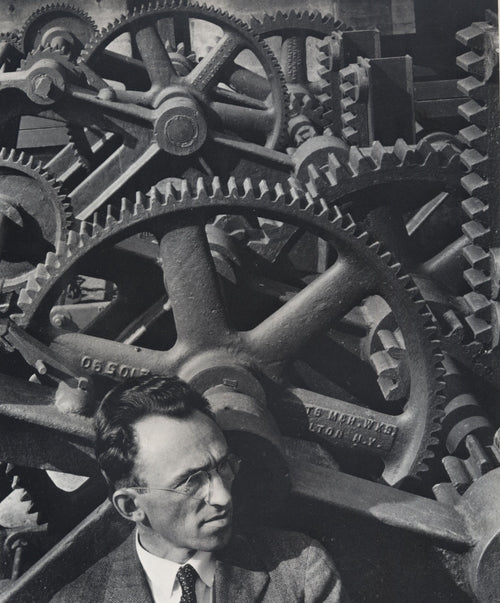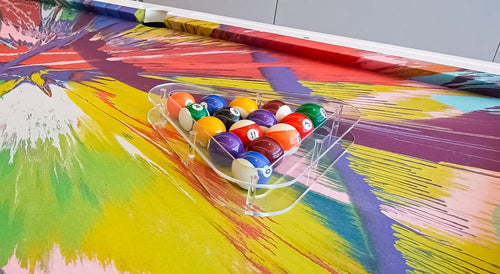Enjoy our modern designs
Estimated Read Time: 8 mins |
How Gustav Stickley, Greene & Greene, and a new American spirit of simplicity reshaped architecture and design.
The Craftsman movement in the United States was the American expression of the British Arts and Crafts ideals, offering a clear alternative to the ornate clutter of post-Civil War Victorian design. Drawing inspiration from thinkers like John Ruskin and William Morris, it emphasized simplicity, honesty in materials, hand craftsmanship, and functional design.
Roots in England, Blossomed in America
Given the close cultural and linguistic ties between England and America, it was inevitable that the Arts and Crafts ethos would cross the Atlantic. While Victorianism continued to dominate mainstream American taste well into the late 19th century, the Craftsman movement emerged as a quiet rebellion—limited in reach but radical in its rejection of excess.
Gustav Stickley: The Father of the Craftsman Movement
Gustav Stickley (1858–1942), originally a furniture manufacturer selling historical reproductions, was the central figure of the Craftsman movement. After reading Ruskin and Morris and visiting England and Paris in 1898, Stickley returned with a new vision: to design and produce simple, solid oak furniture, assembled with traditional joinery, minimal ornamentation, and natural materials like leather and iron.
This style, often called Mission style or Golden Oak, reflected a deliberate rejection of ornate Victorian designs. The "fuming" process gave the oak a signature warm tone, and the forms emphasized structural honesty over decoration. During his brief partnership with Harvey Ellis, the furniture gained additional refinements, drawing subtle influence from English and Scottish designers like C.F.A. Voysey.
The Craftsman Magazine and a Movement Takes Hold
In 1901, Stickley launched The Craftsman magazine to promote the movement. More than a catalog of furniture, it was a cultural and social manifesto—publishing house plans, essays, poetry, photography, and articles on architecture, craft, and reform. The magazine attracted thoughtful readers and helped legitimize the Craftsman aesthetic as a lifestyle. Influential contributors included Voysey himself, while its advertisements featured like-minded craft firms.
As Stickley's work gained popularity, imitators emerged. His brothers Leopold and John George Stickley ran rival factories, while Elbert Hubbard founded Roycroft, a craft community producing books, furniture, and decorative objects in the Morris tradition, with a stronger leaning toward aesthetic philosophy.
Craftsman Design in Print and Popular Culture
Will Bradley, a commercial illustrator and designer, helped bring the Craftsman style to a wider audience through his work with Ladies’ Home Journal. His whimsical renderings of bungalows, rooms, and furniture in the Mission style—occasionally with playful decorative elements—helped normalize the style for the American middle class. He also nodded to figures like Charles Rennie Mackintosh and the Vienna Secession, linking the Craftsman aesthetic to broader modern design movements.
From Furniture to Architecture: Greene & Greene
On the West Coast, brothers Charles and Henry Greene pushed the Craftsman vocabulary into architecture. Drawing on Asian design, Stick Style framing, and bungalow traditions, they crafted intricate, deeply personal homes that became icons of the movement. The Gamble House (1908) in Pasadena remains one of the finest examples—built entirely from wood, with hand-carved joinery, stained glass, lantern-like lighting, and low-profile furniture seamlessly integrated into the interior.
Meanwhile, Bernard Maybeck brought a more experimental flair to the movement. His Christian Science Church in Berkeley (1910) employed bold craftsmanship and woodwork in what became known as Western Stick style.
Bungalows and Middle-Class Modernity
The Craftsman bungalow emerged as the movement’s most democratic form—modest, affordable, and adaptable, ideal for suburban America. Promoted in magazines and pattern books, these homes combined artful simplicity with practical comfort. They were built by the thousands across the country, offering a graceful alternative to Victorian excess.
Artistic Wares and Handcrafted Living
The Craftsman aesthetic extended beyond architecture and furniture into a range of decorative and functional objects: stained-glass lamps, hammered copper bowls, artistic pottery, and printed textiles. The goal wasn’t just to decorate a home—it was to live in harmony with handmade beauty.
A Legacy of Simplicity
Although the movement waned after World War I, its core values persisted into the 1930s and beyond. The American Craftsman movement echoed the British Arts and Crafts ideal of pre-industrial honesty, but made it distinctly American—rooted in practicality, democratic ideals, and restrained beauty.
Its impact remains visible in historic neighborhoods, restored bungalows, and a continuing reverence for handmade, quality design. Figures like Gustav Stickley, the Greene brothers, and Elbert Hubbard helped set the tone for American modernism—not by looking forward, but by looking inward, to integrity, craft, and timeless form.



